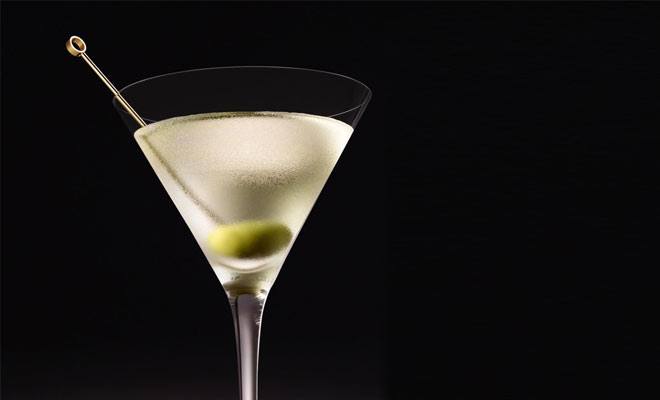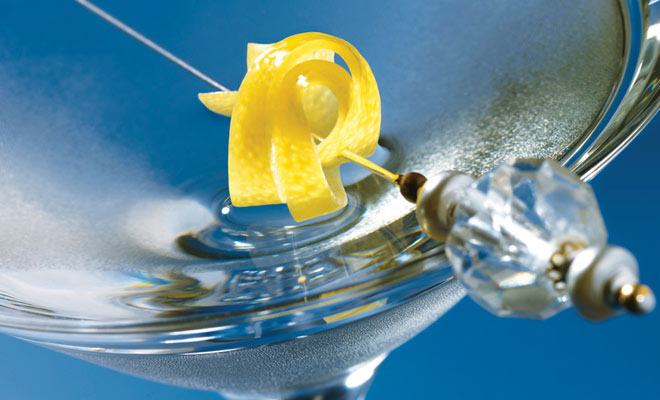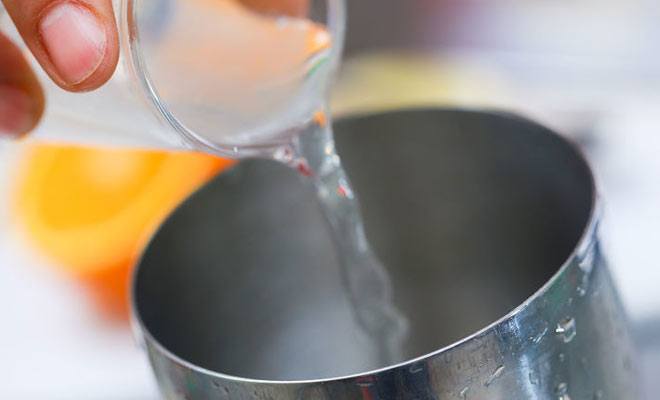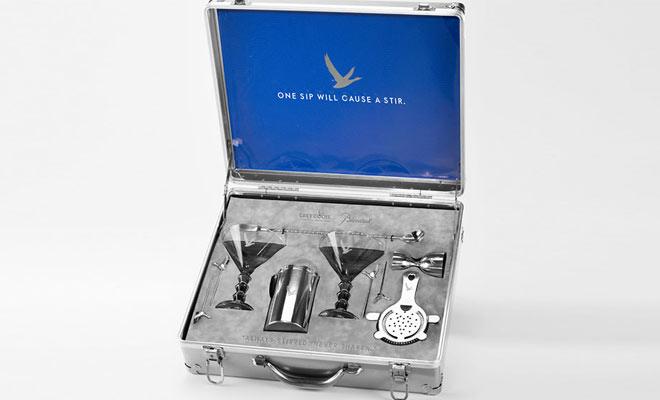While an evening with friends generally requires nothing more than a decent beer selection, the fact remains that some occasions will require you to up your drinking game. Put down the red cups and ping pong ball, nimrod, we’re talking about a more sophisticated drink, a cocktail. And when sophistication is required, look to the classic martini. Seemingly a simple cocktail, the martini is often the subject of serious debate with purists quite adamant about the level of dryness, the choice of liquor, or whether it’s straight up or on the rocks. How did something that looks so simple get so complicated? From the origins of the drink to how to make the perfect martini, we’ve got you covered.
The Origin
Okay, so we all know that James Bond enjoyed a vodka martini, shaken not stirred and that at some point in history, there was something called a three martini lunch. But where did this curious cocktail come from? Unfortunately, there is little definitive information on the exact origin of the martini. We do know this American classic was likely formulated around the turn of the 20th century, and that it was two ounces of London Dry Gin and 1 ounce of dry vermouth. As the century progressed, some enthusiasts came to prefer the taste of vodka in their martini, hence the vodka martini.

The Types
Wait, there are more types besides vodka or gin?! Correct. There are several variations on the cocktail which you need to know. First, there is the dry martini, which is made with either liquor. This is a matter of personal taste and means the martini is made in one of the following ways:
- A 4 to 1 ratio of liquor to dry vermouth
- An ounce of dry vermouth poured into the glass, swirled and then dumped, resulting in a scant film of dry vermouth
- A wink and nod at a closed bottle of dry vermouth resulting in the driest martini
But that’s not all. You also need to choose whether you want your martini straight up (or “neat”) or on the rocks. This simply means that either you’re going no ice and served in a tall cocktail glass, or with ice and served in a rocks glass.
Quick Tip – How to Order
Much like ordering a cheesesteak in Philadelphia, a martini has a proper way of being ordered so you don’t confuse the bartender or look like a schmuck. So here it goes, write it down if you need to:
“May I have a (level of dryness) (alcohol brand) martini (straight up/rocks) with (your choice of garnish)?”
-or-
“May I have a dry Stoli Martini straight up with a twist?”

Liquor
We really don’t need to spend too much time here, as you only need vodka or gin and, if necessary, dry vermouth. The important thing is not to skimp on your booze of choice, as the quality of the liquor will either make or break this cocktail. So put down the plastic handle of booze found on the bottom shelf and consider Smirnoff the baseline for vodka and Bombay for gin.

Garnishes
A well-made martini requires only the correct garnish for the liquor. In the case of a gin martini, the correct garnish is olives. If you are superstitious, two or four olives, but never three. And not month’s old, shriveled up little olives but large queen olives—pitted, of course. If you prefer the vodka martini, then a spiraled lemon twist is the perfect addition. Just remember to squeeze the lemon peel into the drink first.
Now you will see martinis with a whole host of other creative garnishes—that’s fine. But if you prefer a classic martini, stick to the aforementioned.
In the past decade, we have come across the occasional martini garnished with a blue cheese stuffed olive. While this may seem novel, we recommend that you pass on this unless you want to taste blue cheese and nothing else. We put this on par with ordering a Bloody Mary made with Grey Goose vodka, sounds fancy but can you really taste the difference when tomato juice is added? Doubtful. Spend your hard-earned cash elsewhere, people.

The Dirty Martini
Hey, if you like olives in your martini, why not add some of the olive brine as well? A novel idea and not without merit. It’s not our thing but if it suits your fancy then keep your martini on the rocks. That way, if the bartender is heavy-handed with the brine, at least the melting ice will dilute the saltiness.

Shaken or Stirred?
Unless you have the confidence and swagger of Commander Bond then don’t be the douchebag that tells your bartender how to make your drink. Now if you are making at home, it will depend on your bar equipment. If using a standard Boston shaker, then guess what? You are shaking it. If using a pint glass and strainer either light shake or stir.
Both methods of creating your masterpiece will work like a charm. We have heard rumors, though, that claim the proper method for a gin martini is stirring, as vigorous shaking can bruise the gentle gin. Whatever that means.

Making a Martini at Home
Now that you know everything you need to know about the martini, it’s time to get your inner bartender on. Here are some necessities for the perfectly made martini:
- Jigger – $9
- Boston shaker – $27
- Decent cocktail glasses – $33
- Lemon peeler – $8
- Quality olives – $15
- Toothpicks – $6

Bartender Tips
To make the perfect martini at home, be sure to use this presentation trick, which is used by many top bartenders. Before preparing your martini ingredients, fill your cocktail glass with ice water so it chills. Just before pouring your martini, dump the ice water and you’ll be left with a perfectly frosted glass that will add to the martini experience.
Cheers!




